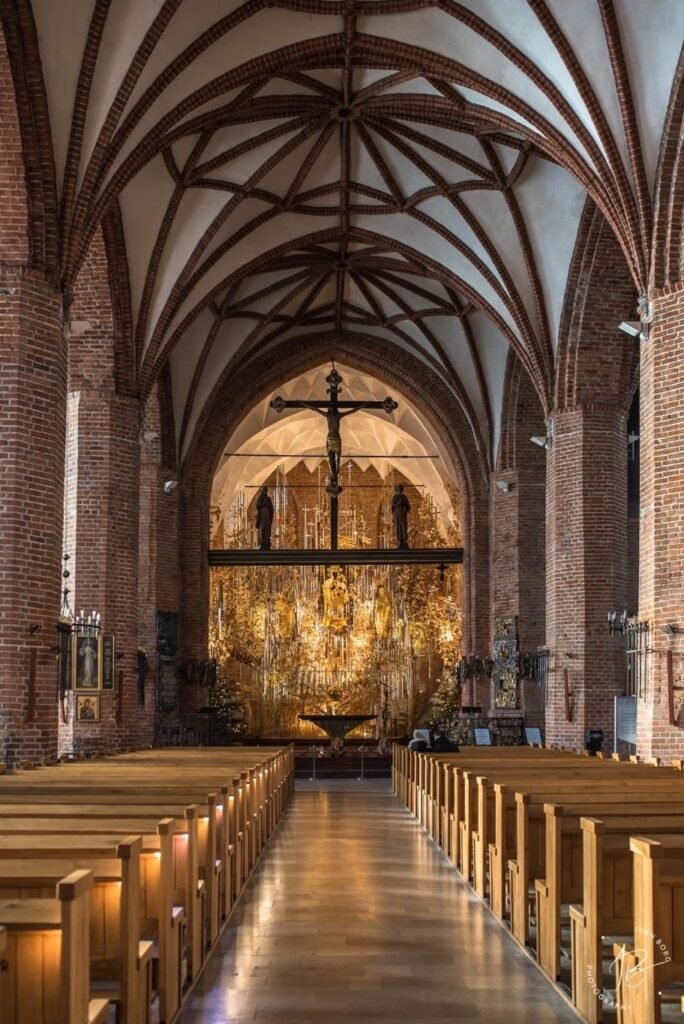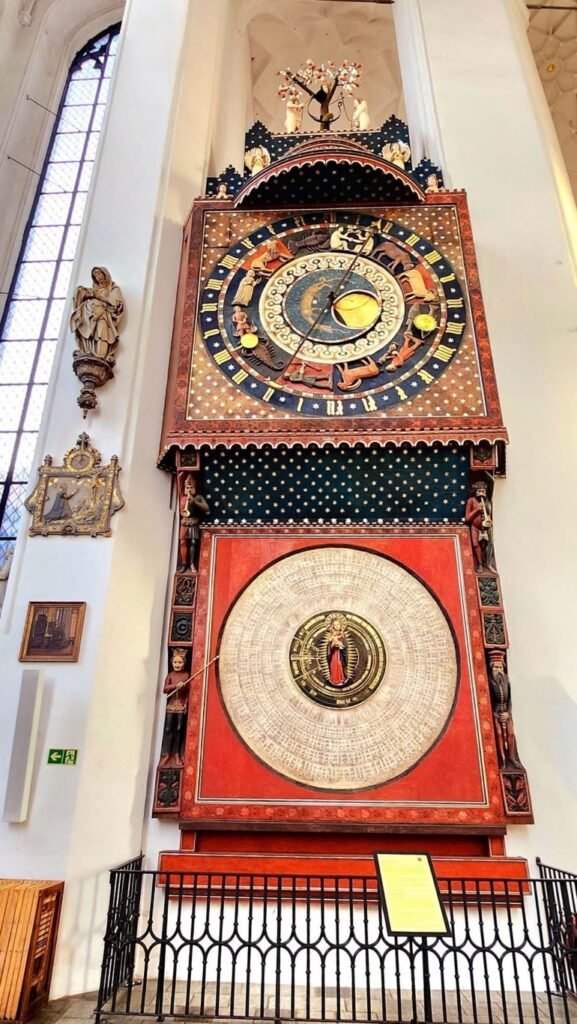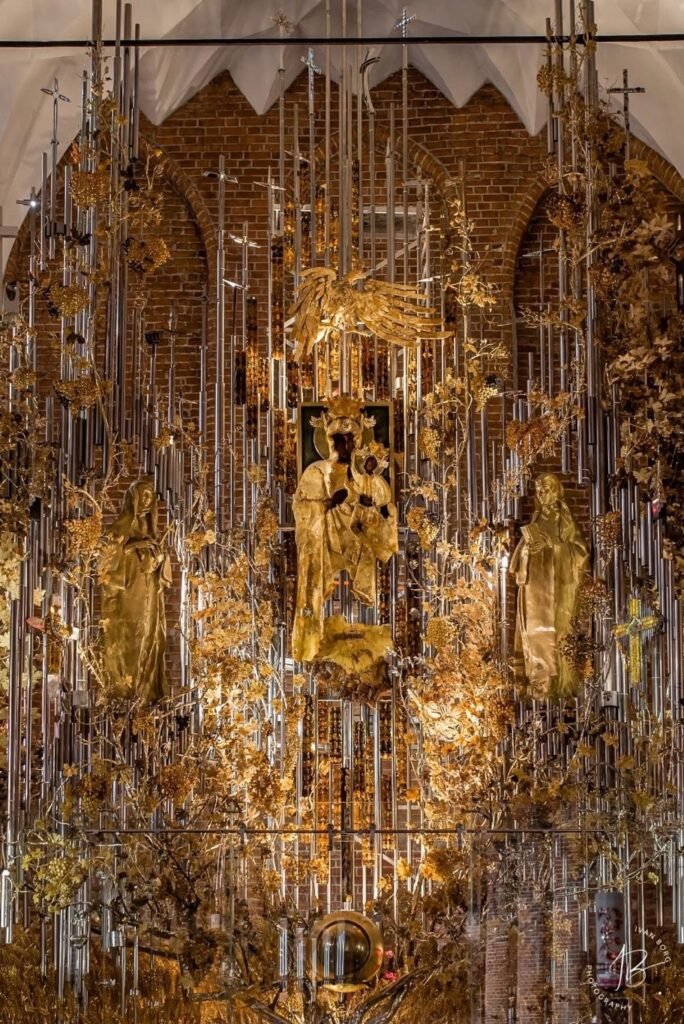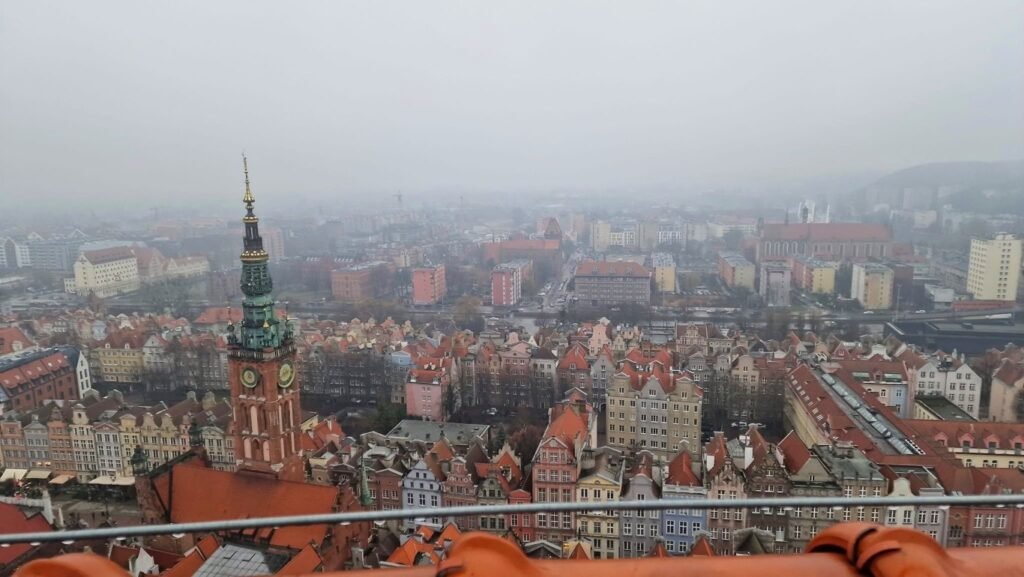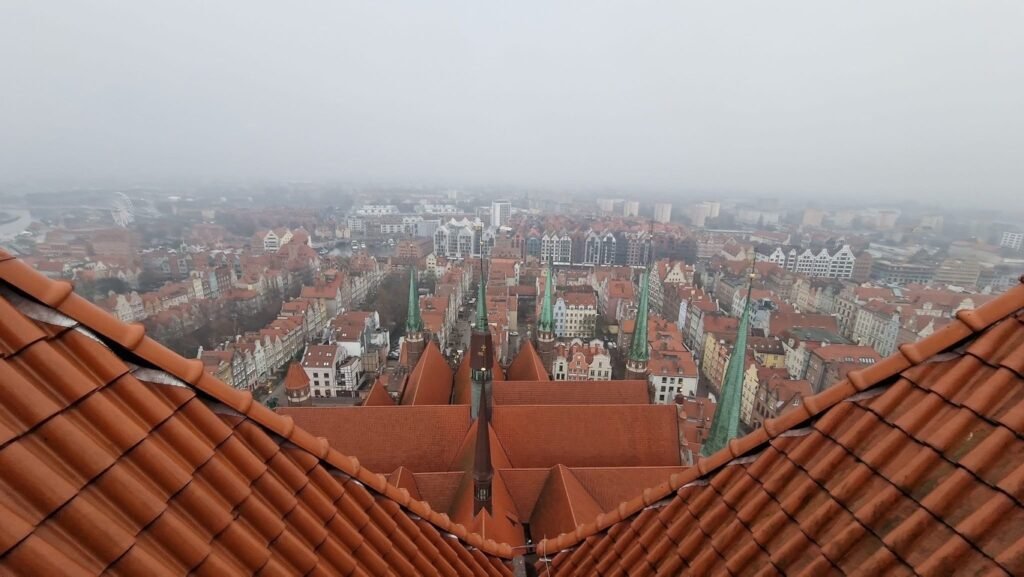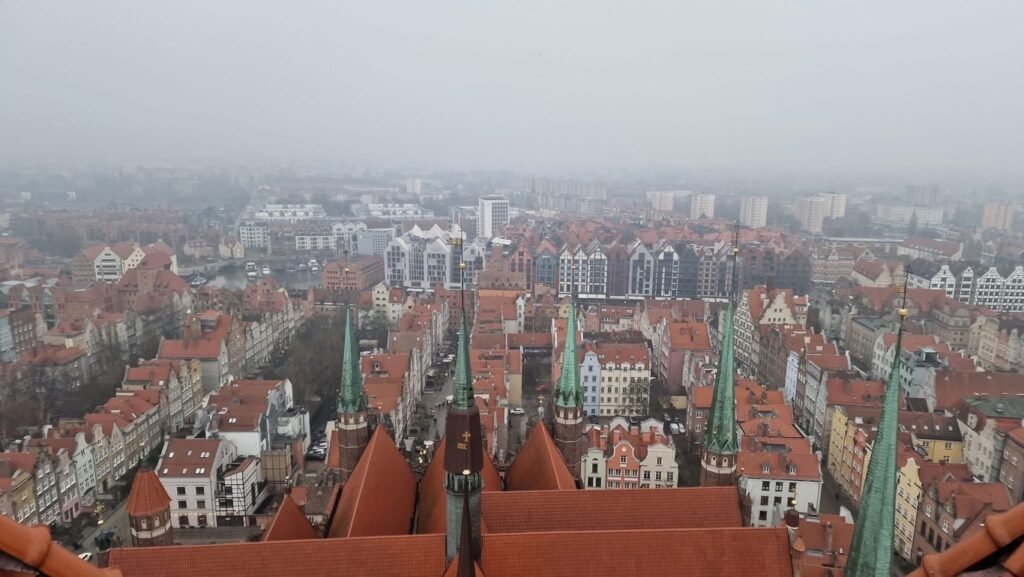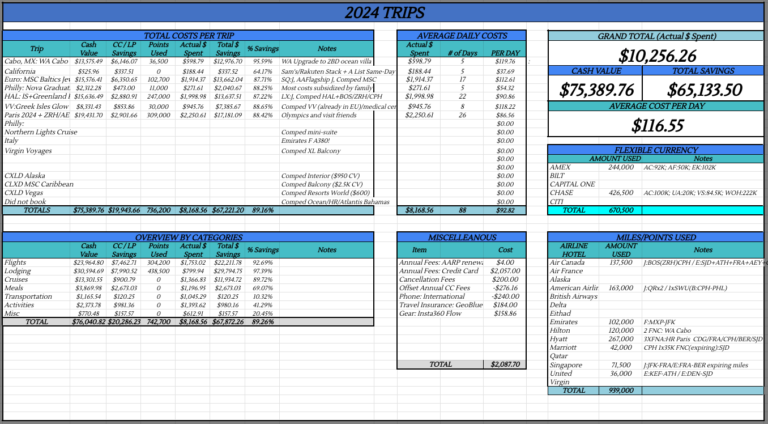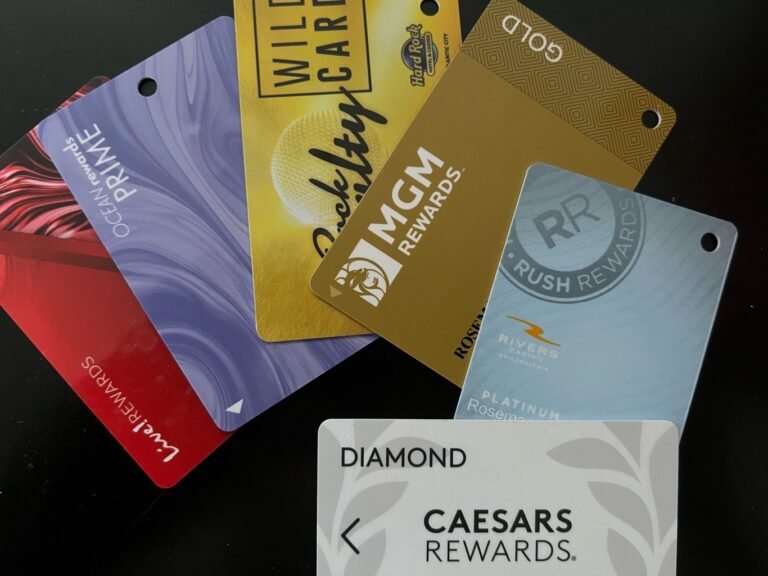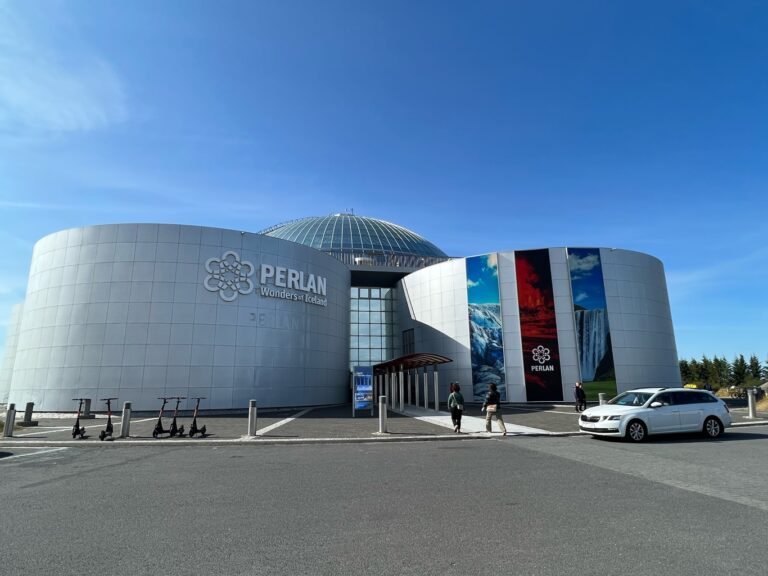Port Stop: The Rich History of Beautiful Gdańsk/Gdynia Poland
Our first port stop of my comped 10 Day MSC Poesia’s Jewels of the Baltic Sea cruise in Gdańsk/Gdynia Poland.
LOGISTICS
PORT: Gdynia | CURRENCY: Polish Zloty (ZŁ/PLN)
Arrival: 10:00 | Departure 19:00 1 ZŁ/PLN = 0.2487 USD
LANGUAGE: Polish
Cześć – hello (cheshch) | Do widzenia – good bye (doh vee-DZEN-ya)
Proszę – please (PROH-sheh) | Dziękuję – thank you (jen-KOO-yeh)
MONEY MATTERS
Credit cards were widely accepted (other than the bus). I had read that in Poland, tipping is seen as a gesture of appreciation rather than a requirement, and has become more common especially in touristy areas. Rounding taxi fares up to the nearest 10%, adding a couple of zloty onto your bar bill, up to 20% on a food bill for good service, small daily tip for hotel housekeepers of 5- 15 ZŁ, 1-2 zloty/piece of luggage from bell persons(luggage attendants), around 10% for a great tour guide.
COMMUNICATION
English was widely spoken.
Trójmiasto (TRI-CITY)
This was an interesting stop as the first decision would be where to spend our day as the boat docked in Gdynia (guh-DIN-yah) which along with Sopot and Gdansk (guh-DAYNSK) makes up the Trójmiasto (Tri-city) area (as seen in the map below)
Gdynia is the youngest of the three cities as it was established in 1926 and is a developing harbor city with a long and accessible coastline. Sopot is the smallest of the three and is best know as a resort town with sandy beaches along its shore. Gdańsk is the largest of the trio with a long and quite storied history.

BEAUTIFUL TIP: Reminder that arrival times for port days are estimates for when the ship will be docked and may not be when the port has given approval to the ship to allow passengers to get off. IF the activity start time is close to arrival times, I will always reach out the activity/tour provider and find out exactly what their policy is if I am not able to be there on time. I have found that many operators are flexible especially if the majority/all of the participants are from the cruise ship but some may not be able to accommodate late arrivals with no refund given. Whilst both scenarios are valid business practices, don’t make the mistake of finding out it’s the latter when you aren’t able to join! For this particular stop, we were not able to get off the ship until 10:30 and did not make it to the Old Center until 11:24.
CRUISE TERMINAL LOGISTICS
We ultimately decided to focus our port day in Gdańsk with its historical importance. It is located about 20 kilometers (12 miles) away from Gdynia with the following options to get from our ship to the city.
- Train: Take the SKM (Fast City Rail) from Central Station (Gdynia Główna). The ride to Main Station (Gdańsk Główny) takes about 30 minutes and costs around 10 ZŁ. BUT you also need to include time to get from the port to the Central station and from Main Station to the Old town which can bring the travel time to 60-75 mins and costs up depending if you walk or use other transportation. Note that you must pay cash for the bus that takes you from the cruise port to Gdynia Główna
- Ride Services/Taxi/Private Transfer: Taxis are available at the port. A one-way trip to Gdańsk takes about 30-40 minutes and costs approximately 120-150 ZŁ. FYI: I downloaded the BOLT app so we opted to share an XL Bolt with three others into town that costs 120 ZŁ/$30.04 and the Bolt for our return trip to port was 75.08ZŁ/$18.81 to maximize our time.
- Cruise Ship Excursion/Transport Option: MSC had this option – I think it was 20-25 euros (?)
GDAŃSK HISTORY

To say that Gdańsk has a rich and turbulent history would be a bit of an understatement. Established over a thousand years ago with records referring to it as a settlement from as early as 997 AD. Due to it’s position on the coast of the Baltic Sea, it became a vital port and trading hub for the Hanseatic League in the Middle Ages. It was the wealthiest city in Poland during the 16th and 17th centuries. In the last 1,000 years, the city has been independent for 700 years but due to its strategic location, it has often also been a contested and foreign ruled territory. Throughout its history, Gdańsk has been part of Poland, Prussia, and Germany, and has also existed as the Free City of Danzig under the League of Nations.
Gdańsk continues to have an outsized role in modern day history as with the Germans invading Poland at Westerplatte in 1939 which was the symbolic start of World War II. And then in the 1980’s, the anti-communist Solidarity movement emerged from Gdańsk’s shipyards, contributing to the fall of communism in Eastern Europe.
But Gdańsk cannot or should not be defined only by its past, it is a vibrant city that blends its storied past with modern culture. I found it to be quite charming with colorful facades and beautiful architecture.
WHAT WE DID
When I visit a city, my preference is to begin with a walking tour and we were hoping to take this one: Gdańsk City Sights & History Guided Walking Tour in English. Unfortunately it started at 11 so that ended up being a no go for us. If you are unable to walk for long periods or want to take a shorter tour, consider the Gdansk: City Sightseeing Tour by Golf Cart which is what we were hoping to do after our museum visit.

Stroll Around Old Town
We were dropped off at the Gdańsk Główny (Main Station) and walked about 10 minutes into town. Old Town is a completely rebuilt historical center with an intriguing architectural mix of Gothic, Renaissance and Baroque monuments, it is well worth exploring on foot. The day started off warmer than expected (and forecasted) so my friend wanted to purchase something cooler to wear. Unfortunately we were visiting Gdańsk on a Sunday and many shops were closed so options were quite limited and it took a bit of time to find a place that was open and sold clothing. After an outfit change for her, we were increasingly becoming pressed on time so was only able to take a quick look around as we made our way to the WWII Museum.
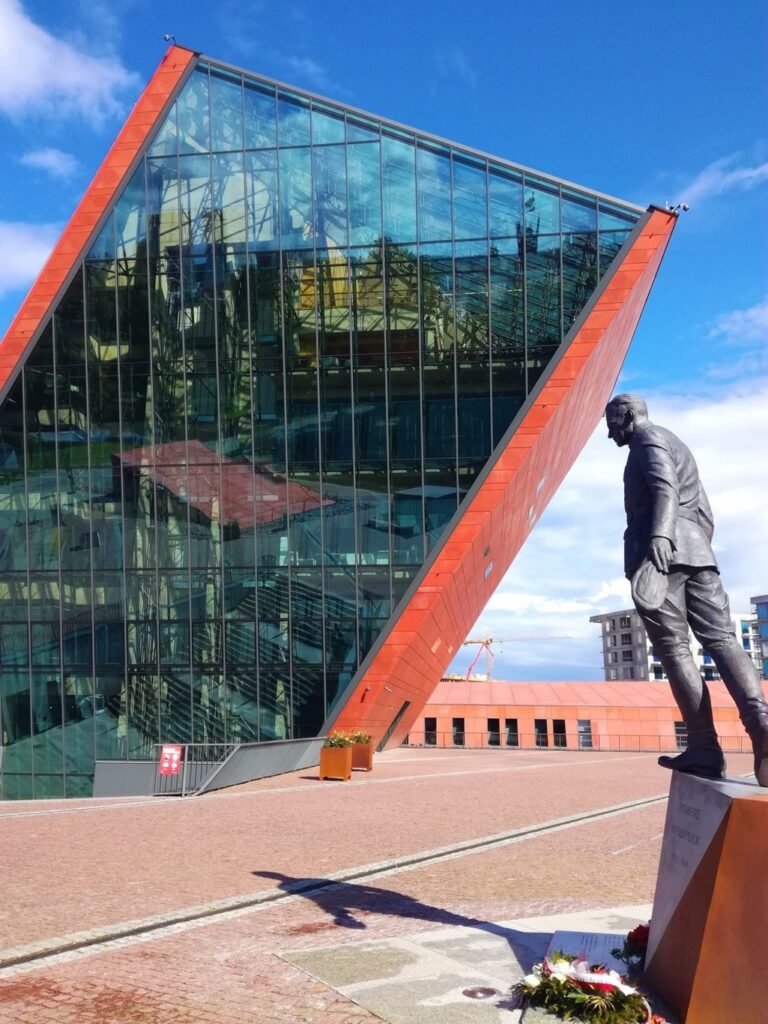
Muzeum II Wojny Światowej (Museum of the Second World War)
I had heard that this was a not to be missed stop and I am glad that we didn’t let the morning’s hiccups deter us from coming. It seemed fitting to go to a museum focused on WWII with this being literally where it started. The museum is incredibly well done with it being quite an educational and deeply emotional experience. It focuses not only on the military events but also showcases the human costs of war. It emphasizes the universal lessons of war, encouraging reflection on the importance of peace, human dignity, and resilience in the face of adversity.

I will admit that I could spend days on ends in museums but I have talked with others that don’t typically venture to them but agreed that this should be high on your list to visit. Plan for at least 2.5–4 hours to fully engage with the exhibits. I will have a more in-depth post on the exhibits and my experience next.
Bazylika Mariacka (St. Mary’s Church)
Also known as the Crown of Gdańsk, it is one of the world’s largest brick churches and is large enough to accommodate a staggering 25.000 people! To put that into perspective, the National Cathedral in Washington DC can seat 4,000! Besides being able to admire the beautiful Gothic architecture (more exterior and interior) there are many other noteworthy things to see:
- Art works such as the Gdańsk Pietà or the (still in process of being finished!) Amber Altar
- The massive astronomical clock standing 46 feet (14 meters) high . A unique feature for this clock is that each day, at 11:57 to be precise, a procession of wooden figures of the apostles goes past, followed by death, culminating in Adam and Eve tolling the noon hour which we were not able to see.
- The 256 feet (78 meters) tower -climbing the 405 steps leads to what I have been told is one of the best views of the city! Unfortunately we had come Beautiful tip: visiting the church is not allowed during Holy Mass but the tower and viewpoint remain accessible unless there’s bad weather (we started the day in sunshine and ended in clouds and rainstorms!)
WHAT I ATE

Ice cream
(top left photo): IYKYK but for those new here, I eat a LOT of ice cream/gelato and always try to check out a local shop when I travel. And this would be the start of one of the weirdest trends for the trip; my inability to get a triple scoop cone – it was hard enough convincing the worker that I did indeed want two scoops for myself that I considered this to be a win! I can’t remember where we went for this….nor can I say with certainty now what flavors I had
Dobra Paczkarnia
(bottom left photo): A donut shop that been recommended for me to check out – pictured is the snickers donut I tried.
Pierogarnia U Dzika
(right photo): Luckily, my friend KK, is also of the mindset that we should eat a local specialty when traveling and we thought what would be more fitting for Poland than pierogis? We split an order of the traditional boiled dumplings and a baked variety.
WHAT I SPENT
- Activities $14:28: WWII Museum: $7.27/29 ZŁ + Audio guide-$3/12 ZŁ & St Mary’s Church Tower Admission: $4.51/18 ZŁ
- Food $20.42: $5.26/21 ZŁ: Snickers donut + 2 lattes & $4.51/ 18 ZŁ: 2 scoops of ice cream & $11.65/46.50 ZŁ: Pierogis
- Transportation $15.41: Bolt $6:AM~$30.04/119.92 ZŁ-5 PAX & $9.41PM-$18.81/75.08 ZŁ-2 PAX
- Misc $10.53: $3.01/12 ZŁ: Small Globe & $2.51/10 ZŁ: Gdańsk Magnet & $5.01/20 ZŁ: Cash {note that the $4.62/18.45 ZŁ: ATM fee was rebated}
- TOTAL $61.04
ALTERNATIVE ITINERARY IDEAS & OTHER TOP SPOTS TO EXPLORE
Długi Targ (Long Market) + Old Town
Walk through this iconic street filled with colorful, historic townhouses. Stop at the Main Town Hall for panoramic views from the tower.
- Must-see landmarks
- Neptune Fountain: A symbol of Gdańsk’s maritime history.
- Artus Court: Once a meeting place for merchants, it’s now a museum showcasing Gdańsk’s history.
- Golden Gate and Green Gate: Architectural gems that mark the boundaries of the historic city center.
- Mariacka Street: A charming cobblestone street lined with amber shops and historic facades.
The Motława Riverfront and Crane (Żuraw)
Stroll along the pretty waterfront and see the historic crane, a symbol of the city’s trading past. You can enjoy a meal or coffee with views of the marina.
Westerplatte
On 1 September 1939 the Germans attacked the Westerplatte peninsula in the port of Gdańsk. This assault marks the beginning of the Second World War. There’s a memorial and remnants of fortifications.
European Solidarity Center
Learn about the Solidarity movement and its impact on European history
Amber Museum
Gdańsk is famous for its amber craftsmanship. This museum showcases exquisite amber artifacts
TOURS
- If you are wanting to visit the Tri-City, you could do so on this Highlights of Gdańsk, Gdynia and Sopot 1-day Private Tour that includes pickup and drop off, including from the cruise port.
- See the city from a different perspective on this unique: Gdansk: City Cruise on Historical Polish Boat
- Step back in time on this tour of the Stutthof Concentration Camp from Gdansk

